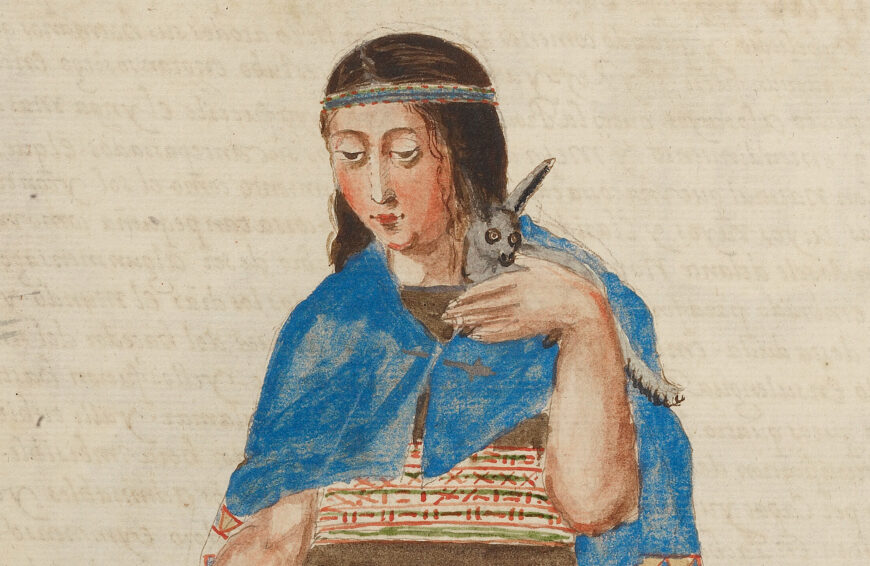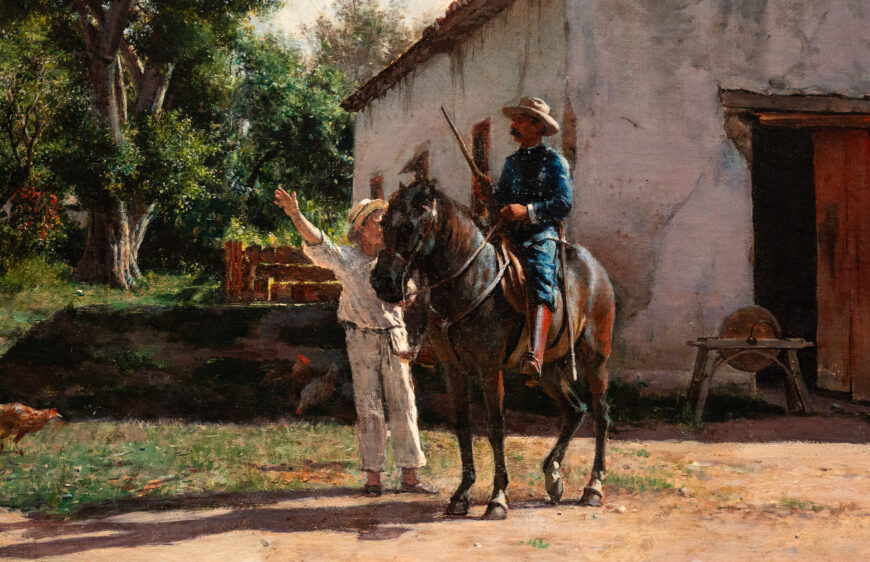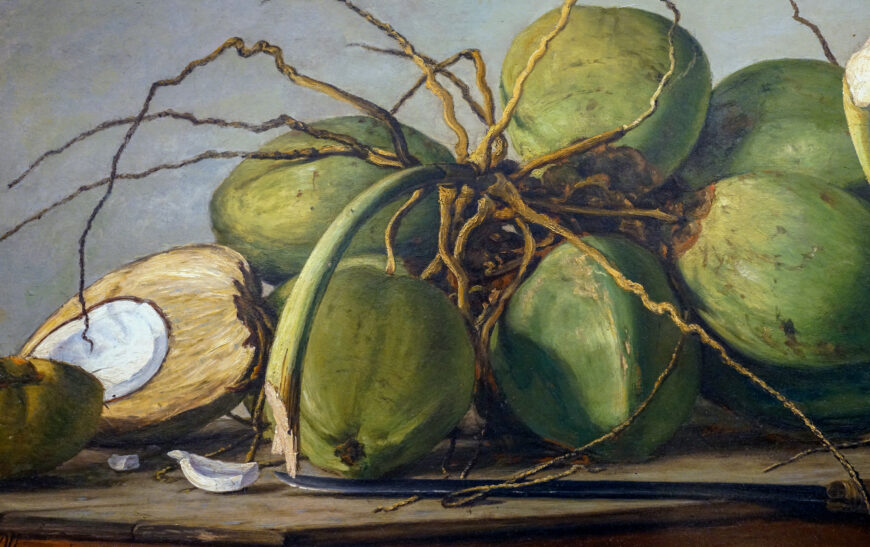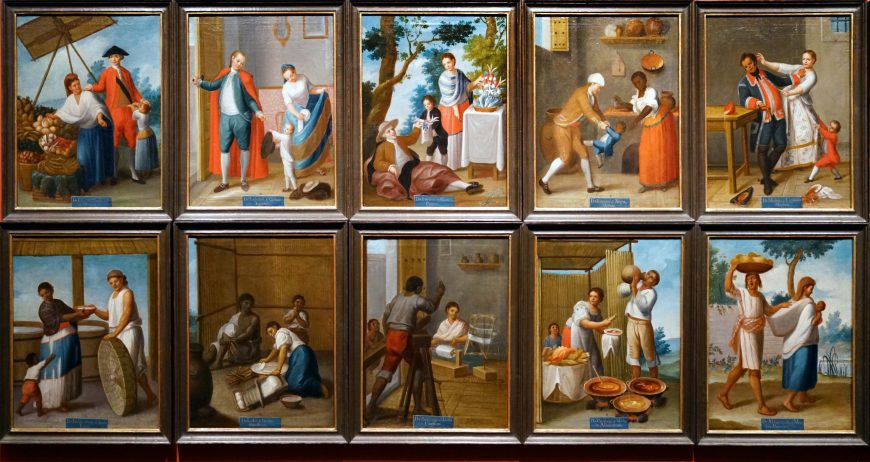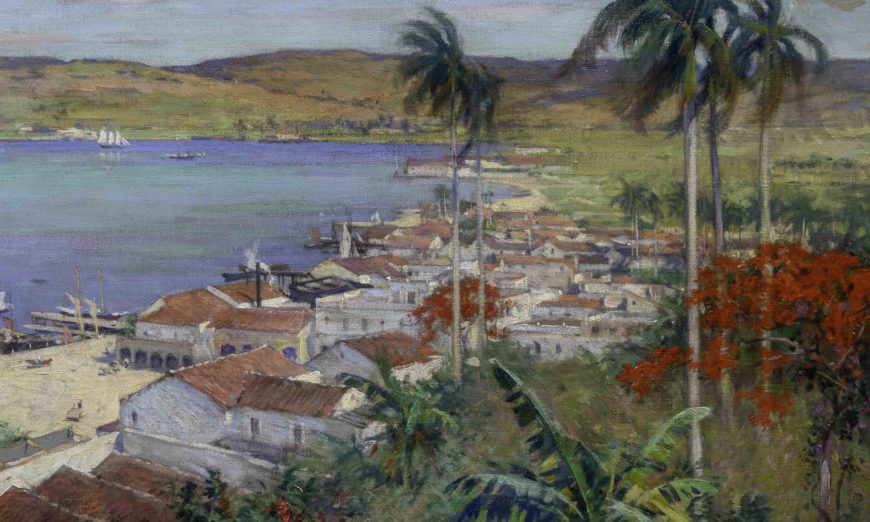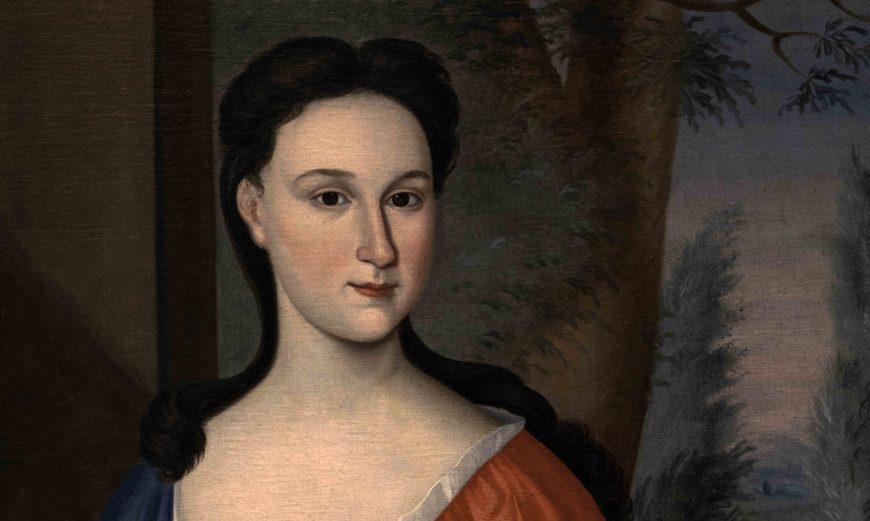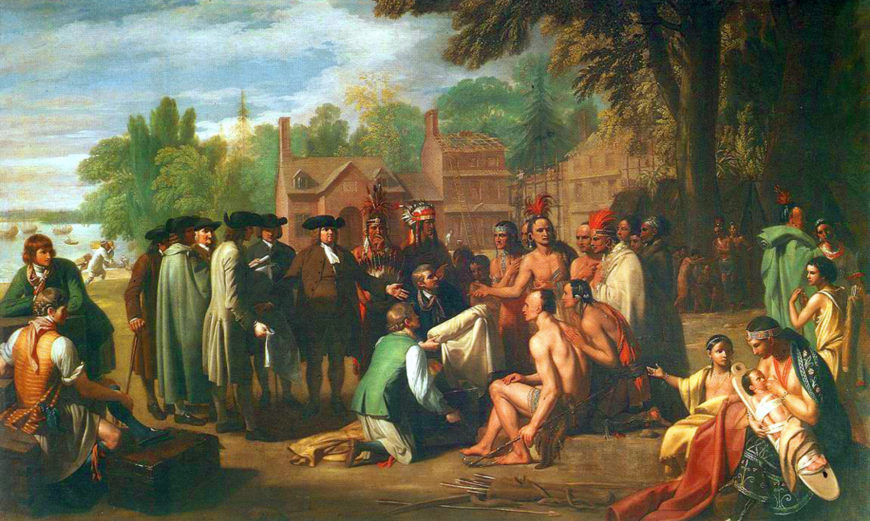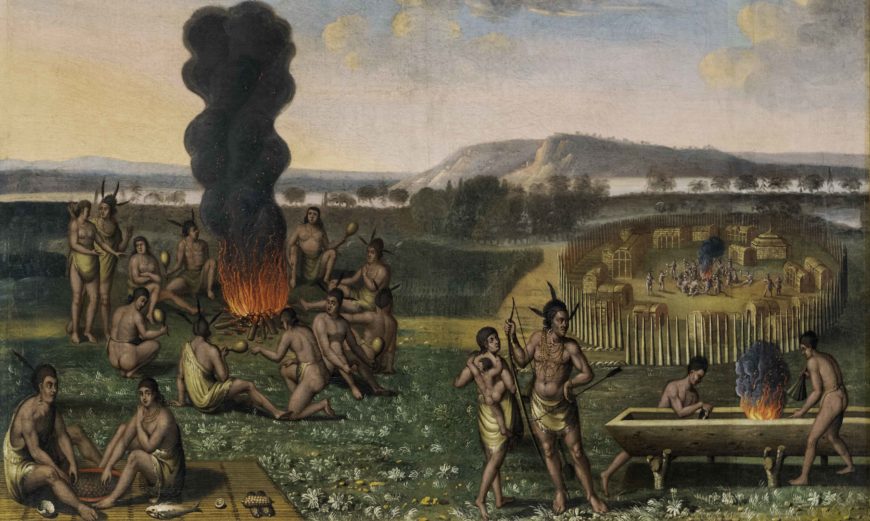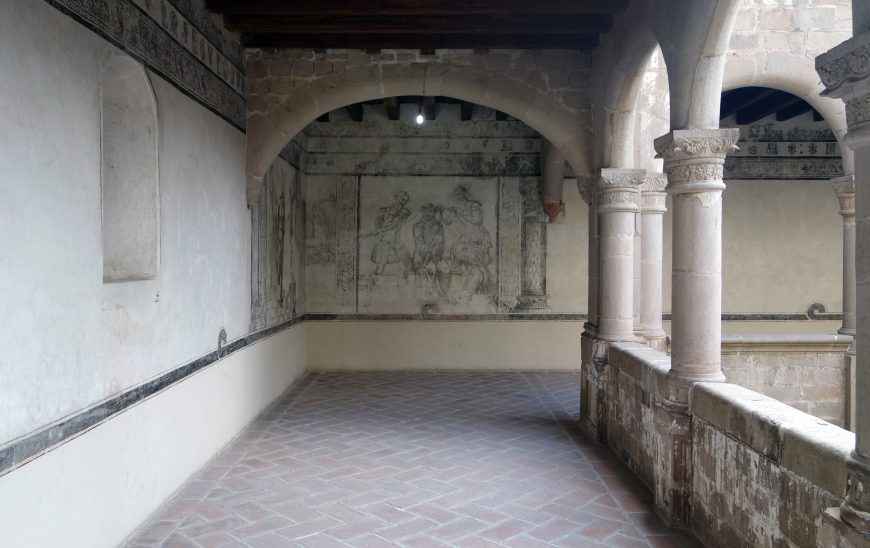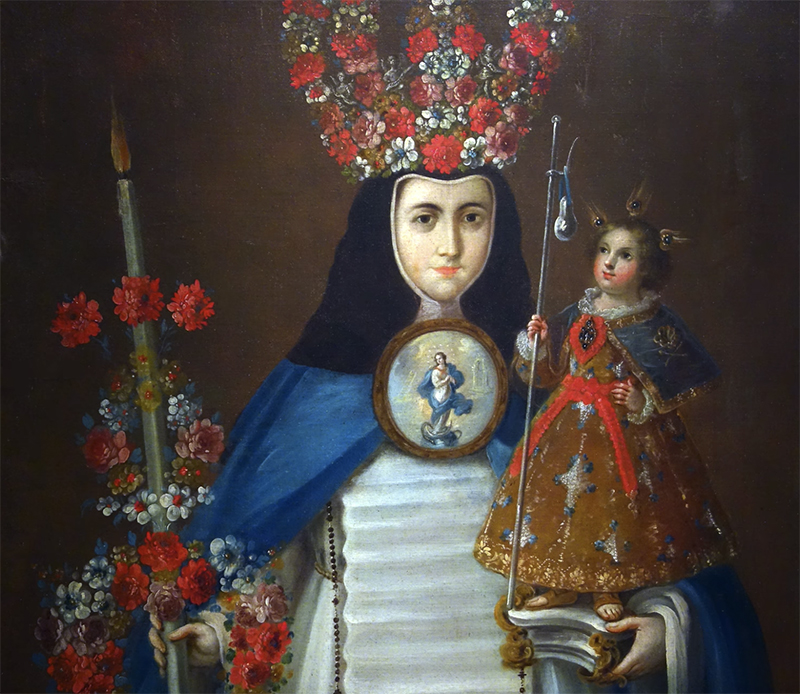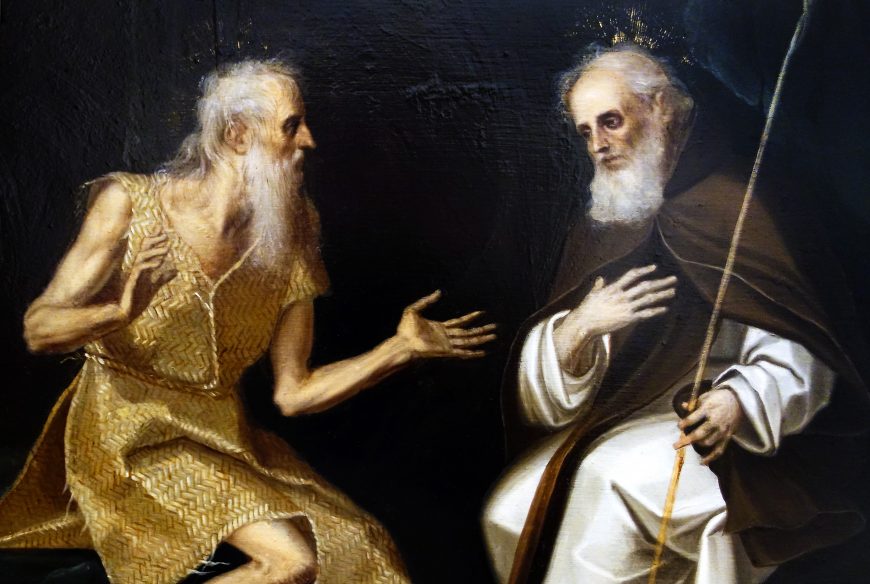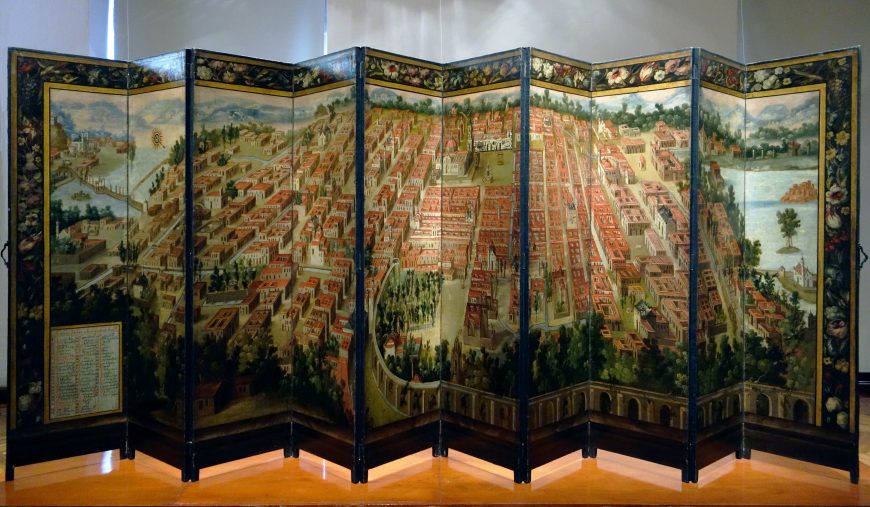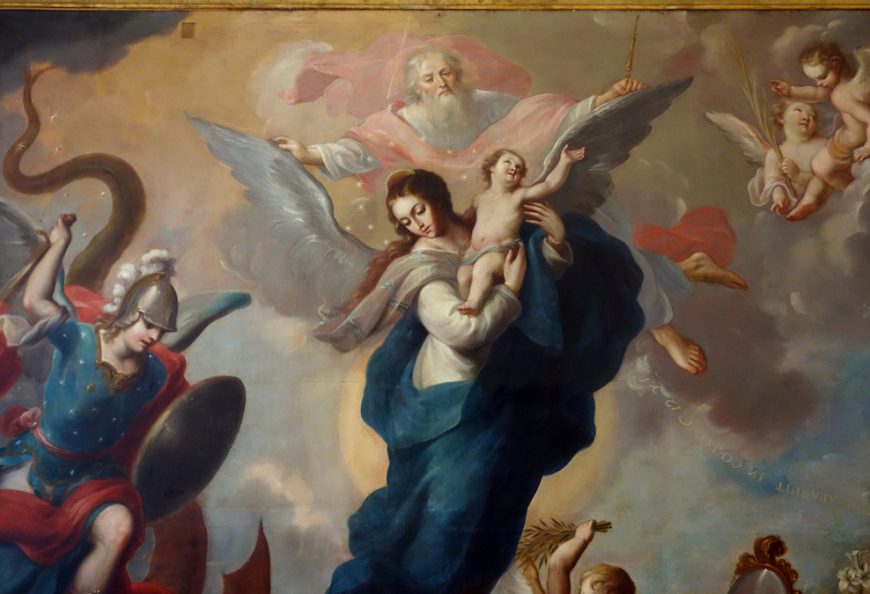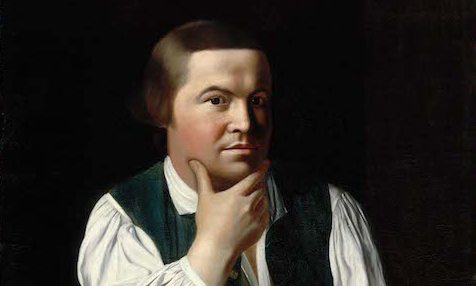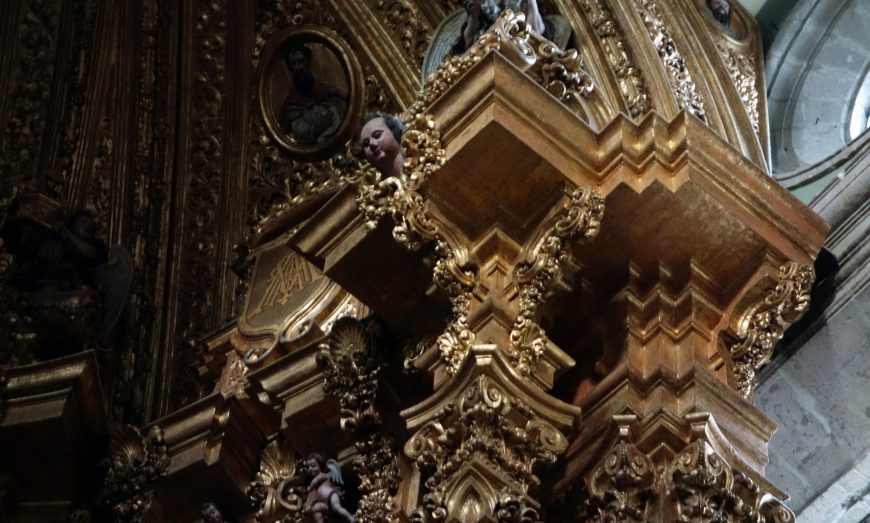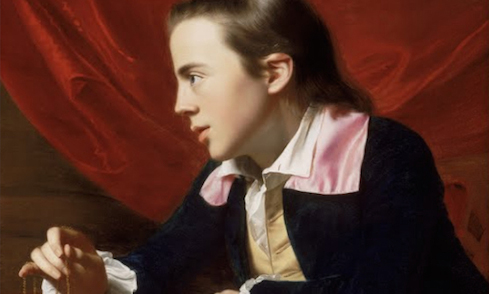Related works of art
In the Ancient Mediterranean
Masks
Active in c. 5000 B.C.E.–350 C.E. around the World
In North Africa
The Murúa Manuscripts: the earliest illustrated manuscripts of the Viceroyalty of Peru
c. 1580–90
Peru
Francisco Oller, Still Life with Plantains and Bananas and Still Life with Coconuts
c. 1890
Puerto Rico
Gerardus Duyckinck I (attributed), Six portraits of the Levy-Franks family, c. 1735
c. 1735
United States
Your donations help make art history free and accessible to everyone!

